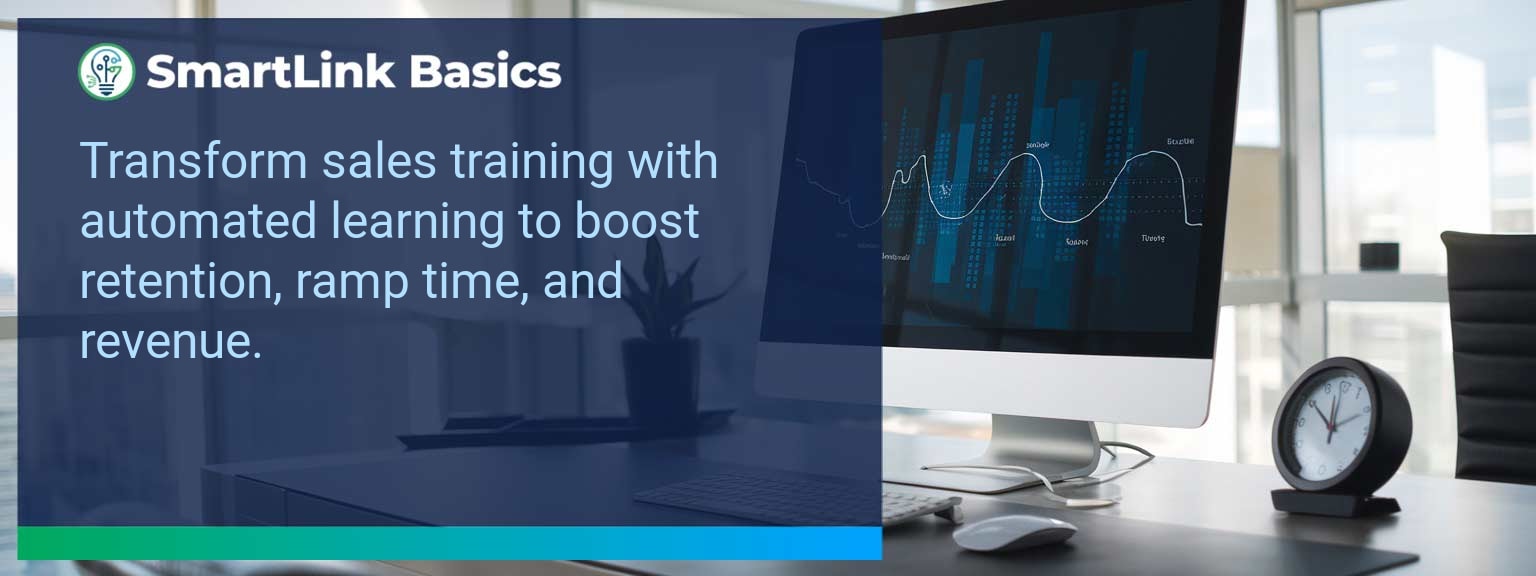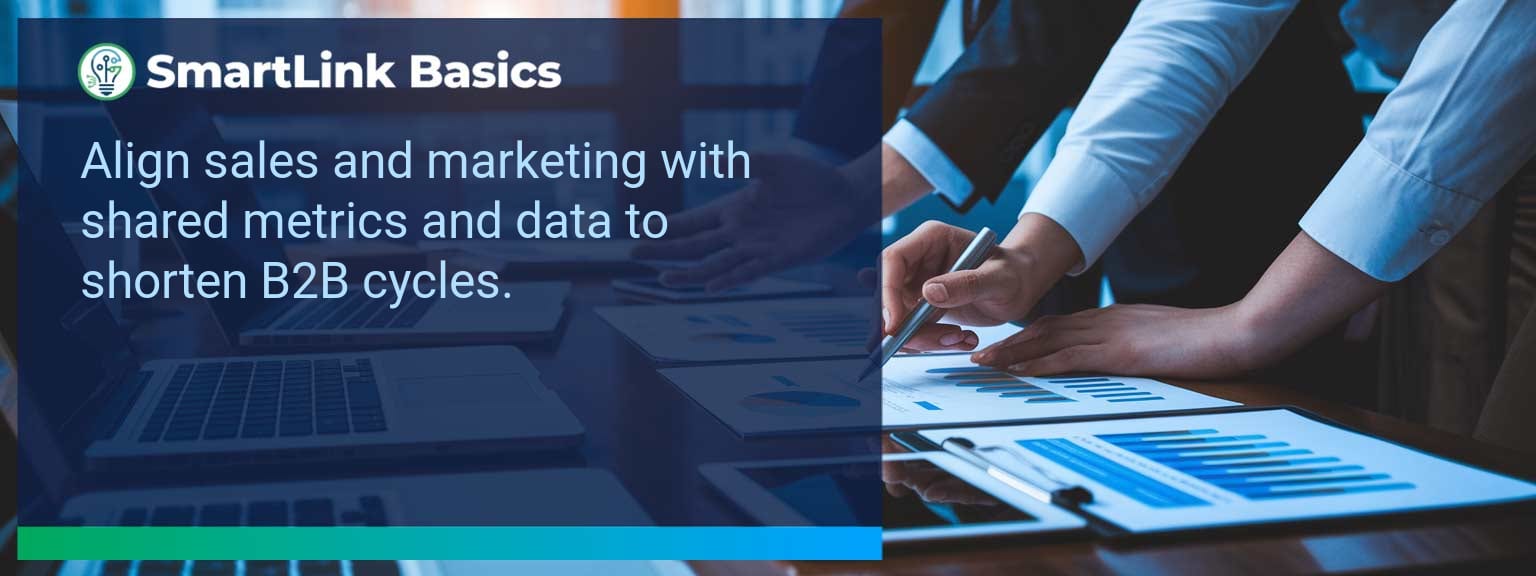Industry data shows that organizations adopting AI-driven automation achieve cost reductions of up to 30% while accelerating sales cycles by 20% or more (McKinsey, 2024). For sales leaders, AI automated workflows now define competitive advantage, enabling teams to reallocate time from repetitive tasks to high-value engagements. At SmartLink Basics, we help decision-makers implement these systems strategically, ensuring they integrate with existing revenue operations. In this article, you’ll see how AI automated workflows power business outcomes, the common obstacles that slow adoption, and practical steps to optimize processes. You’ll walk away with proven examples, a 90-day action blueprint, and measurable KPIs to track results.
- Automate repetitive administrative and CRM updates with AI.
- Integrate machine learning to personalize outreach at scale.
- Streamline approvals, quotes, and contract workflows for speed.
- Use predictive analytics to prioritize sales opportunities.
- Track adoption and performance with targeted metrics.
AI Automated Workflows: What Changed and Why It Matters
AI adoption has shifted from experimental to operational, making automated workflows a standard in high-performing sales organizations. The real advantage lies in combining workflow automation with artificial intelligence workflows to optimize every step of the revenue process. Sales leaders now use AI to synchronize touchpoints, reduce manual inputs, and ensure faster execution. For example, a B2B SaaS leader introduced automated lead enrichment and routing, cutting qualification time by 60%. Actionable insight: Audit processes for time-intensive handoffs and apply AI where repeatability is high.Redesign the Revenue Operating System With AI Automated Workflows
ICP, Segmentation, and Targeting AI-enabled segmentation uses historical wins, firmographic, and behavioral data to dynamically update ICP profiles. This ensures targeting precision without quarterly re-work. Pipeline Architecture Automated workflows push opportunities through the right stages based on engagement signals. AI flags at-risk deals for intervention. Plays and Messaging Integrated automation tools deliver personalized sequences based on buyer activity, increasing relevance at every touchpoint. Operating Cadence AI schedules follow-ups, forecast calls, and account reviews based on actual pipeline movement rather than static calendars. Actionable insight: Implement automation that adapts in real-time to both internal and buyer-driven events.Common Obstacles To Achieving Seamless Automation
The most frequent challenges are fragmented systems, inconsistent data quality, and cultural resistance. Without a unified data layer, automation amplifies errors rather than solving them. Coca-Cola Europacific Partners reported needing a full data governance upgrade before AI could improve sales workflows. Leaders must first assess infrastructure readiness and train teams to trust AI-influenced recommendations. Actionable insight: Before deployment, establish clean data practices and a single source of truth.Implementing AI To Optimize Workflows
Effective deployment of AI process optimization starts with mapping current-state processes, identifying friction points, and matching them with automation tools. For example, automating proposal generation based on CRM opportunity data can reduce turnaround from three days to one hour. Solutions combining business process automation platforms with machine learning integration enable continuous performance improvement. Actionable insight: Pilot in one high-impact stage, measure, and then expand.Tangible Benefits From Automated Processes
The benefits extend beyond time savings — sales leaders gain a scalable system. Tangible outcomes include faster quote-to-close, higher lead conversion, and better forecast accuracy. A manufacturing firm implemented AI-assisted order processing and cut errors by 40%, improving on-time delivery rates. Actionable insight: Track both speed and accuracy to measure workflow automation effectiveness.Metrics That Matter
| Category | Metric | Definition | Target |
|---|---|---|---|
| Leading | Workflow Completion Rate | % of automated sequences executed without manual intervention | 95%+ |
| Leading | AI Suggestion Adoption Rate | % of AI-generated action recommendations executed by reps | 80%+ |
| Lagging | Cycle Time Reduction | Decrease in time from lead entry to closed-won | 20%+ |
| Lagging | Revenue Per Rep | Average sales revenue generated per sales rep per quarter | +15% YoY |
| Quality | Automation Error Rate | % of workflows that trigger incorrect outcomes | <1% |
| Quality | Customer Satisfaction Post-Automation | Average CSAT score after automation implementation | ≥ 4.5/5 |
Innovations And Next Steps For AI Automation
Emerging capabilities like AI-generated playbooks, intent-driven dynamic routing, and integrated AR for virtual product demos are shaping the next wave of sales automation. Companies integrating these tools early will outpace competitors in speed and personalization. Actionable insight: Stay ahead by testing emerging automation features quarterly and aligning them with evolving buyer expectations.Get the 90-day plan, coaching rubric, and dashboard template to operationalize AI in your enablement program.
Turning AI Automation Into a Revenue Multiplier
AI automated workflows are now a strategic lever for predictable, scalable growth. This guide outlined current applications, adoption challenges, a 90-day execution plan, and measurable success criteria. To make automation pay off, sales leaders should integrate tools into one cohesive operating system and review results monthly for continuous improvement. Access more AI-driven sales enablement resources from SmartLink Basics to design a high-performance automation strategy. Sales performance is the product of skilled leadership, strategic foresight, and consistent execution. At SmartLink Basics, we see that the best sales leaders balance their own professional advancement with empowering their teams to reach ambitious targets. This balance drives both individual development and organizational revenue growth. Sales leadership today requires more than target-setting—it demands coaching influence, resilience, and a data-informed approach. In this article, we outline how to blend personal growth with sales team management to accelerate sales success strategies, improve leadership in sales, and drive sustainable results.- Define a clear leadership vision that aligns personal growth with team objectives.
- Invest in sales coaching and leadership development to strengthen team capability.
- Implement metrics-driven sales management practices for consistent performance tracking.
- Foster a culture of accountability and shared responsibility for success.
- Adapt strategies based on market data and team feedback for ongoing growth.
Overcoming Common Hurdles In Sales Management
Sales leadership often faces recurring challenges: underperforming pipelines, inconsistent team motivation, and communication gaps between strategy and execution. These can undermine both personal credibility and team performance. Addressing such issues requires proactive sales team management grounded in clarity and trust. For example, a sales director struggling with mid-quarter slumps introduced weekly win reviews and skill-building sessions. Within one quarter, the team showed a measurable uptick in both morale and deal velocity. Leaders who identify and address obstacles early ensure teams maintain momentum even in competitive markets. Actionable insight: Develop a repeatable problem-solving framework so that recurring issues are diagnosed and corrected quickly without derailing revenue plans.Strategies To Elevate Sales Leadership
Effective leadership in sales relies on a mix of personal growth practices and proven sales success strategies. Team leaders must continually refine their approach to improve sales coaching, sharpen sales performance, and align execution with the broader sales growth agenda. Practical strategies include: – Regularly reviewing your sales pipeline architecture for gaps in coverage. – Tailoring plays and messaging for key segments to increase conversion rates. – Establishing an operating cadence that blends performance accountability with skill development. Example: A mid-market SaaS sales leader shifted from monthly to bi-weekly coaching sessions. This reduced drift on key deals and encouraged faster skill adoption among reps.Measuring Success And Team Growth
Strong sales leadership integrates clear measurement into daily operations. Without defined metrics, both personal and team development efforts can drift. Key measures should capture both lagging results and leading indicators.| Category | Metric | Definition | Target |
|---|---|---|---|
| Leading | Qualified Opportunities | Number of prospects meeting ICP criteria | +15% QoQ |
| Lagging | Closed Revenue | Total sales closed within the period | Meet or exceed quota |
| Quality | Win Rate | Percentage of opportunities converted to sales | >35% |
Shaping The Next Era Of Sales Leadership
Sales leadership will continue to evolve as markets, technology, and buyer behavior shift. Leaders who invest in both personal mastery and adaptable team structures will outperform peers. This means blending leadership development with agile sales management systems that can pivot in response to real-time performance data. An example is teams integrating micro-learning into their weekly routines. This keeps skills sharp and aligns learning with immediate deal needs. Actionable insight: Build a three-year skills and process roadmap so your sales organization can move from reactive firefighting to proactive market leadership.Get the 90-day plan, coaching rubric, and dashboard template to operationalize AI in your enablement program.









